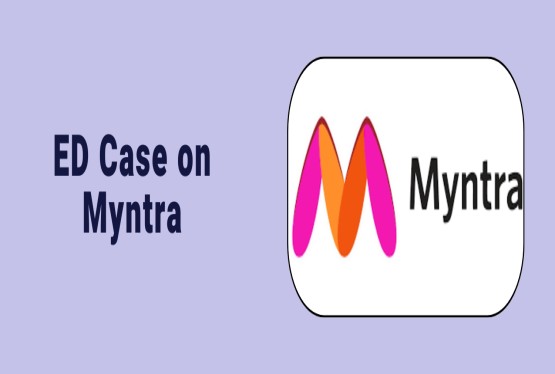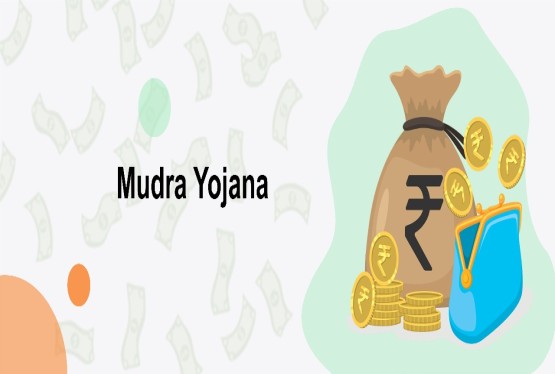Because of the very nature of intellectual property, an owner's rights over the same subject matter frequently overlap. This makes it difficult for enforcement organizations to establish uniform legal precedents and guarantee that various rights coexist peacefully. The relationship between copyright and design legislation is one such area of ambiguity, especially when it comes to artistic creations. The legal system in India, however, makes a fairly clear distinction between these two types of intellectual property. The legal frameworks of copyright and design regulations are examined in this article, along with their distinctions, points of interaction, and useful tactics for artists to deal with these challenges.
Indian Copyright Law versus Indian Design Law
The Copyright Act of 1957, which has multiple revisions to take into account international treaties and technical improvements, is the main law governing copyright in India. Over a predetermined period of time, usually the author's lifetime plus 60 years, a copyright gives authors the only authority to reproduce, distribute, and exhibit their works in public.
Industrial design registration and protection are governed by the Indian Design Act of 2000. According to the Designs Act of 2000, Section 2(d), "design" must "appeal to and be judged solely by the eye." This demonstrates that one of the most important factors in deciding whether a design is acceptable for registration and legal protection is its aesthetic appeal.
Examples of What may be Protected
-
Under Copyright: Books, music, paintings, cinematographic films, and software programs. For instance, a novel or a digital photograph.
-
Under Design Law: Ornamental patterns on fabric, the shape of a perfume bottle, or decorative aspects of a product. For example, a uniquely designed chair.
-
Covered by Both: A graphic design used as a decorative element in textiles (copyright protection until it is industrially reproduced more than 50 times or registered as a design).
Understanding the Intersection
1. Artistic Works as Designs: Many artistic works, such as paintings and graphic designs, can be protected under both copyright and design law. For instance, a decorative textile pattern can be copyrighted until it is registered as a design or reproduced more than 50 times.
2. Copyright in Designs: Section 15 of the Copyright Act allows designs considered artistic works to have copyright protection, provided they meet originality requirements. However:
-
If a work qualifies as a design under the Designs Act but is not registered, copyright protection ceases after 50 reproductions.
-
Conversely, artistic works cannot simultaneously qualify as designs under Section 2(d) of the Designs Act.
3. Design as Artistic Expression: Designs with artistic elements, like a sculptural chair, can fall under both categories until industrial application exceeds 50 reproductions.
Example-Let's consider a hypothetical scenario to understand the application of Section 15 of The Copyright Act, 1957.
Suppose, Mr. Sharma is a designer who creates a unique pattern for a fabric. He decides to register this design under the Designs Act, 2000. Once the design is registered under this Act, according to Section 15(1), Mr. Sharma cannot claim copyright under the Copyright Act, 1957 on this design.
Now, let's assume that Mr. Sharma creates another unique design but this time he decides not to register it under the Designs Act, 2000. He starts producing scarves using this design. Once he or anyone else with his permission reproduces more than fifty scarves using the industrial process, as per Section 15(2), the copyright on this design will cease to exist.
Practical Strategies for Creators
Creative works are protected by copyright and design registration, which stop others from copying visual elements like patterns, forms, and designs. The following elements can be taken into account when choosing the type of protection to use:
The creator needs to understand the work's goal in order to make an informed choice. Design registration should be sought for if the work's goal is to apply to any object that will be produced through an industrial process (i.e., intended for commercial use or industrial usage). Examine business strategies in advance to determine whether design protection or copyright protection better suits your company's goals.
The creator should also check the classification of the article in the Locarno classification for design protection. If the article on which artistic work is applied is already defined in the Locarno classification, it is very easy for an infringer to establish that designs should have been protected under the Designs Act, and therefore, no copyright infringement occurred.
Conclusion
Section 15(2) of the Copyright Act clearly distinguishes between copyright and design protection, according to the interpretations provided by various Indian courts. An artistic work's creator may assert copyright protection as long as the work is in the creative domain. Such work loses its copyright protection after being used in an industrial setting on any product or article more than fifty times.
As a result, it would be wise for an artisan to safeguard his or her intellectual property by considering its intended use. Such property should be registered under the Designs Act if it will be used in commerce; if not, copyright protection may be requested.
FAQs
Q1. What is the difference between copyright and design protection?
Ans. Copyright protects original artistic, literary, or musical works, while design protection safeguards the aesthetic or visual appearance of a product.
Q2. Can the same work be protected under both copyright and design laws?
Ans. In many jurisdictions, a design may initially be protected under copyright, but once registered as an industrial design, it may lose copyright protection.
Q3. How does copyright apply to industrial designs?
Ans. Copyright applies to original artistic works, including drawings and sketches of a design. However, once the design is commercially exploited and registered under design law, copyright protection may not be applicable.
Q4. What are the key differences between industrial design registration and copyright registration?
Ans. Industrial Design Registration: Protects the visual appearance of a product (shape, pattern, ornamentation) and requires registration.
Copyright: Protects artistic and creative expressions and is automatically granted upon creation.
Q5. Can a functional design be copyrighted?
Ans. No, copyright does not protect functional designs. Functional aspects of a product are better protected under patent or design law.











































































_crop10_thumb.jpg)







_Rules,_2025_learn_crop10_thumb.jpg)




































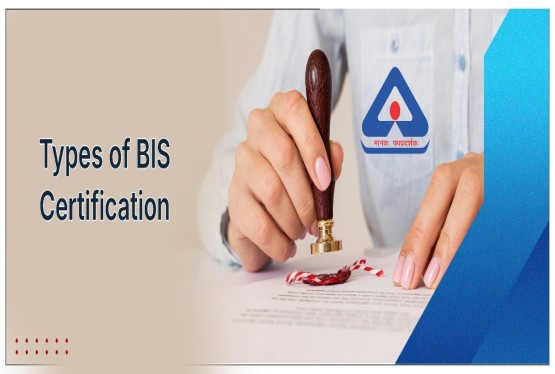
























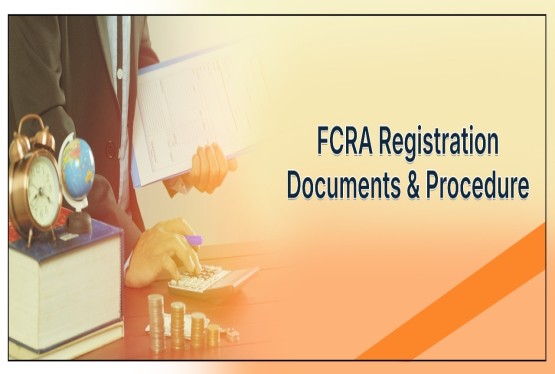


























_crop10_thumb.jpg)








 in BIS FMCS_learn_crop10_thumb.jpg)










_crop10_thumb.jpg)














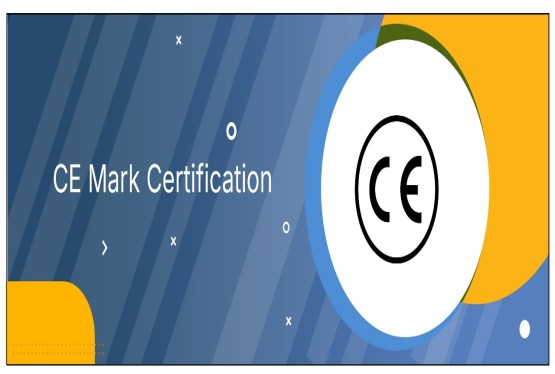
_crop10_thumb.jpg)





_Code C-888_learn_crop10_thumb.jpeg)
_learn_crop10_thumb.jpg)

































































_Certificate_learn_crop10_thumb.jpg)

_Certificate_(1)_crop10_thumb.jpg)















_learn_crop10_thumb.jpg)

_crop10_thumb.jpg)


















_Scheme_learn_crop10_thumb.jpg)


_learn_crop10_thumb.jpg)

